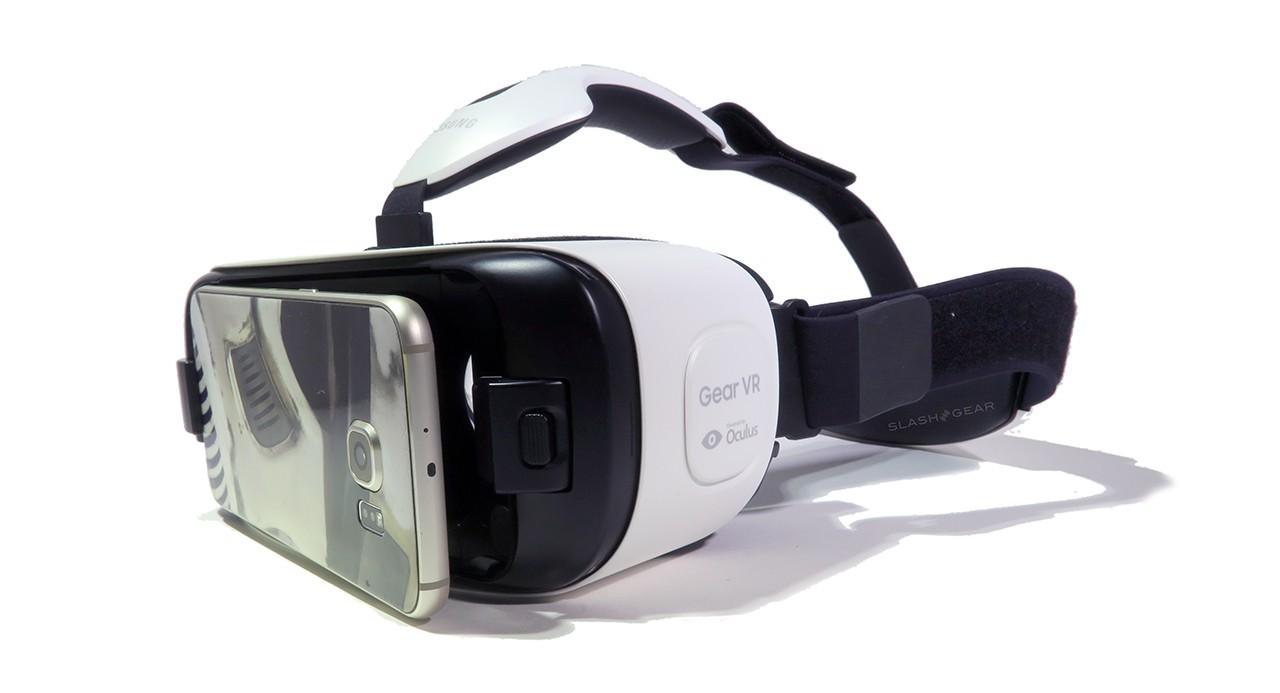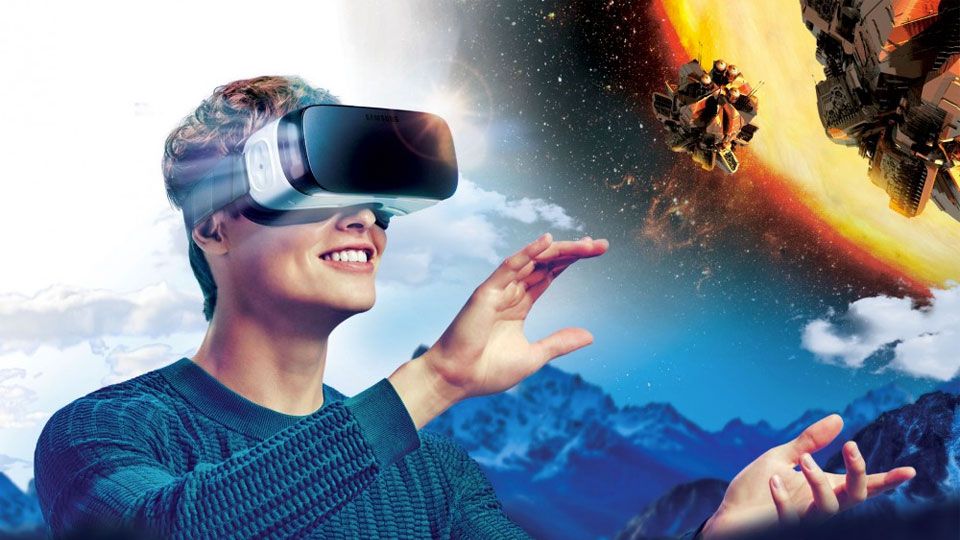

The prospect of such intensive surveillance at planetary scale poses some tough questions about who will be doing all this watching and why.

Tens, then hundreds of millions of these AR spectacles will be mapping the contours of the world, along with all of its people, pets, possessions, and peccadilloes. The concern here is obvious: When it comes to market in a few years, these glasses will transform their users into data-gathering minions for Facebook. This information will presumably help the company to refine the design of an eventual Facebook AR product. Wearers collect copious amounts of data, which is fed back to Facebook for analysis. Project Aria packs the sensors necessary for SLAM within a form factor that resembles a pair of sunglasses. That's a substantial technical ask, so Facebook's research team has taken an incremental approach. Nearly four years ago, Mark Zuckerberg announced Facebook's goal to create AR “spectacles"-consumer-grade devices that could one day rival the smartphone in utility and ubiquity. This second quality is what makes Facebook's recent Project Aria experiment so unnerving. But AR has a second, less appreciated, facet: It also functions as a sophisticated mobile surveillance system. That's important because the purpose of AR is to add helpful (or perhaps just entertaining) digital illusions to the user's perceptions. AR doesn't hide the real world, though, so people can use it anywhere.
GEAR VR LOOKTHROUGH CAMERA UPDATE
These systems harvest a rich stream of observational data-mostly from cameras affixed to the user's headgear, but sometimes also from sonar, lidar, structured light, and time-of-flight sensors-using those measurements to update a continuously evolving model of the user's spatial environment.įor safety's sake, VR systems must be restricted to certain tightly constrained areas, lest someone blinded by VR goggles tumble down a staircase. But the new generation of VR accomplishes this through a set of techniques collectively known as simultaneous localization and mapping (SLAM). VR systems originally used expensive and fragile systems for tracking user movements from the outside in, often requiring external sensors to be set up in the room. To do that effectively, AR systems need to know where in space the user is located. Unlike virtual-reality (VR) gear, which creates for the user a completely synthetic experience, AR gear adds to the user's perception of her environment. Among today's emerging technologies, AR stands out as particularly demanding-for computational power, for sensed data, and, I'd argue, for attention to the danger it poses. That changed when smartphones began providing people with a combination of cheap sensors, powerful processors, and high-bandwidth networking-the trifecta needed for AR to generate its spatial illusions. First articulated in a 1965 white paper by Ivan Sutherland, titled “The Ultimate Display," augmented reality (AR) lay beyond our technical capacities for 50 years.


 0 kommentar(er)
0 kommentar(er)
